Home>Garden Essentials>Garden Storage>Greenhouse Ideas: 19 Glasshouse Design Tips For All Gardens
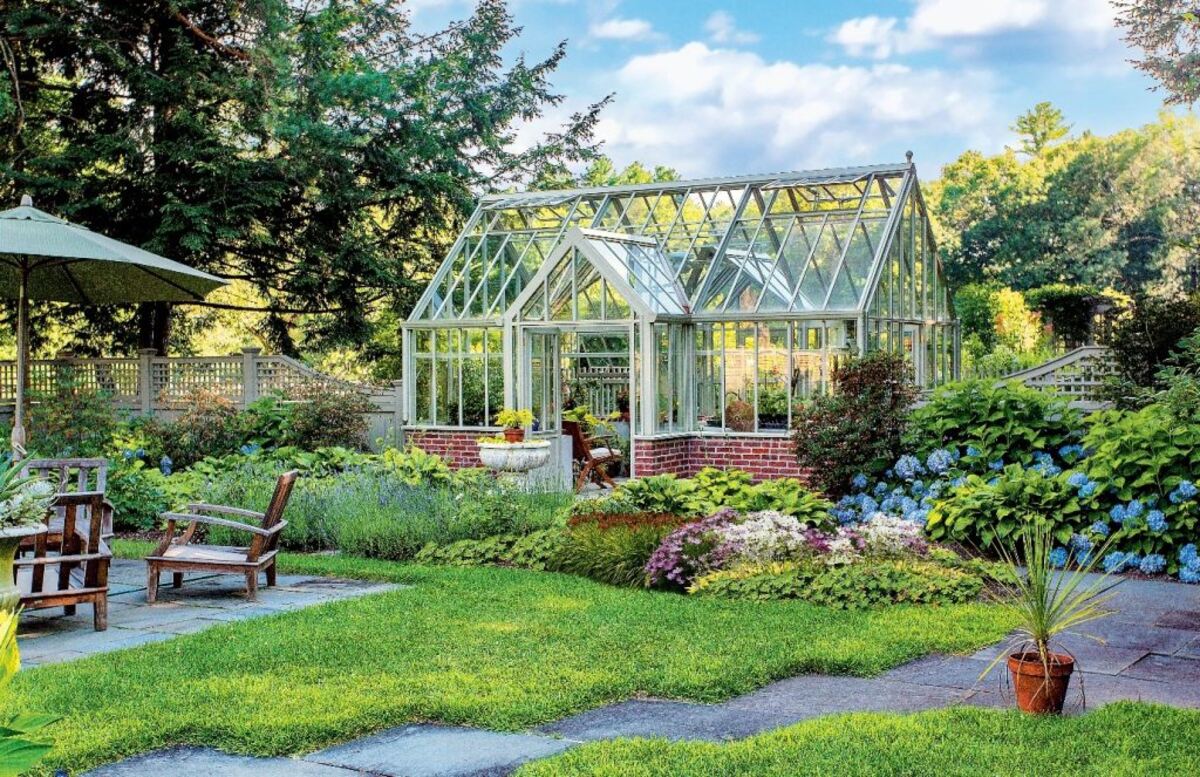

Garden Storage
Greenhouse Ideas: 19 Glasshouse Design Tips For All Gardens
Modified: February 3, 2024
Discover 19 practical and creative greenhouse ideas for your garden, including valuable storage solutions. Enhance your gardening experience with these glasshouse design tips!
(Many of the links in this article redirect to a specific reviewed product. Your purchase of these products through affiliate links helps to generate commission for Storables.com, at no extra cost. Learn more)
Introduction
Greenhouses are a wonderful addition to any garden, providing a controlled environment for plants to thrive, regardless of the weather conditions outside. Whether you’re a seasoned gardener or just starting out, a greenhouse can offer a multitude of benefits, from extending your growing season to protecting delicate plants from harsh elements.
When it comes to designing your own greenhouse, there are numerous factors to consider to ensure its success. From choosing the right location to selecting the appropriate materials, each decision impacts the functionality and efficiency of your glasshouse. In this article, we will explore 19 glasshouse design tips that can transform your garden into a thriving oasis of green.
Key Takeaways:
- Create a thriving and sustainable greenhouse oasis by implementing design tips, energy-efficient features, and cost-saving strategies. Maximize plant growth while minimizing environmental impact and operating costs.
- Prioritize functionality, energy efficiency, and budget-conscious decisions to design and maintain a successful greenhouse. From orientation to pest management, create a green haven for plant growth and enjoyment.
Location selection
The first and most crucial step in designing a greenhouse is selecting the optimal location. A well-chosen spot can maximize sunlight exposure, minimize potential risks, and provide convenience for maintenance.
Consider placing your greenhouse in an area that receives ample sunlight throughout the day. South-facing locations usually offer the best exposure, as they receive the maximum amount of sunlight. Avoid areas that are shaded by large trees or buildings, as they can hinder light penetration.
Additionally, take into account the surrounding landscape and its potential impact on the greenhouse. Avoid areas prone to strong winds that can damage the structure or disrupt temperature and humidity control. If possible, choose a spot that is easily accessible for watering, ventilation, and other maintenance tasks.
It is also worth considering the proximity to your house or other structures. This can make it more convenient to monitor and care for your plants, especially during inclement weather. If space is limited, you may need to get creative and consider options like lean-to or rooftop greenhouses.
Lastly, be sure to check local building codes and regulations before finalizing the location of your greenhouse. Some areas may have restrictions or require permits for constructing a glasshouse. Compliance with these guidelines will ensure the legality and safety of your project.
Size and scale
Choosing the right size and scale for your greenhouse is essential for optimal plant growth and utilization of space. It is important to consider both your current and future gardening needs, as well as the available area in your garden.
The size of your greenhouse will depend on factors such as the number and types of plants you plan to grow, your gardening goals, and the available space. Consider the height of the greenhouse as well, as some plants may require extra vertical space to grow properly.
For small backyard gardens, a compact greenhouse with a footprint of 6’x8′ or 8’x10′ may be sufficient. These sizes provide enough space for a variety of plants and allow for easy maintenance. If you have a larger garden or are looking to expand your plant collection, consider a greenhouse with a footprint of 10’x12′ or beyond.
While it can be tempting to go for the largest greenhouse possible, it is crucial to keep in mind the scale of your garden and the overall aesthetic. A greenhouse that is too large can overpower the surrounding landscape and appear out of place. On the other hand, a greenhouse that is too small may not meet your plant-growing needs.
Be sure to consider the pathways and work areas within your greenhouse as well. Leave enough room for easy movement and access to plants, tools, and equipment. Including appropriate shelving or staging areas can also help maximize space and organization.
Before finalizing the size and scale, it may be beneficial to sketch out a layout plan to visualize how the greenhouse will fit into your garden. This can help you assess the overall functionality and ensure that adequate space is allocated for different plant varieties and their growth requirements.
Orientation and sunlight exposure
The orientation of your greenhouse in relation to the sun is crucial for maximizing sunlight exposure and ensuring optimal plant growth. Proper orientation allows plants to receive adequate light throughout the day, promoting photosynthesis and overall plant health.
For most regions in the Northern Hemisphere, positioning your greenhouse with a south-facing orientation is ideal. This allows the structure to capture the maximum amount of sunlight during the day, especially in the winter months when sunlight hours are limited. South-facing orientation also offers better temperature regulation, as the sun’s rays can penetrate deeper into the greenhouse.
However, if you live in a region with intense summer heat, you may need to consider alternative orientations or shading options to prevent overheating. East or west-facing orientations can help reduce direct sunlight exposure during the hottest parts of the day. Erecting shade structures or using shade cloth can also help control light intensity and protect sensitive plants.
Another factor to take into account is the angle of the glazing or roof of the greenhouse. The angle should be optimized to allow for maximum sunlight absorption throughout the year. This can be achieved by taking into consideration the latitude of your location and adjusting the roof pitch or adding supplemental shading devices.
It is recommended to consult resources specific to your region or consult with experts to determine the best orientation for your greenhouse based on the local climate and sunlight patterns.
Types of glass materials
The choice of glass material for your greenhouse is essential for providing the optimal environment for plant growth while ensuring durability and longevity of the structure. There are several types of glass materials available, each with its own unique characteristics.
- Float glass: Float glass is the most commonly used type of glass for greenhouses. It is produced by floating molten glass on a bed of molten metal, resulting in a smooth, flat surface. Float glass allows for excellent light transmission, providing plants with ample sunlight. It is also relatively affordable and durable.
- Tempered glass: Tempered glass is a type of safety glass that is strengthened through a process of controlled heating and rapid cooling. It is highly resistant to breakage and can withstand extreme temperatures. If tempered glass shatters, it breaks into small, granular pieces, reducing the risk of injury. However, tempered glass is more expensive compared to float glass.
- Polycarbonate: Polycarbonate is a lightweight and impact-resistant alternative to traditional glass. It offers excellent insulation properties, reducing heat loss during colder months. Polycarbonate also diffuses light, which helps prevent hotspots and provides more even light distribution. However, it may discolor over time and require periodic replacement.
- Acrylic: Acrylic, also known as acrylic glass or plexiglass, is a transparent plastic material that is lightweight and UV-resistant. It provides good insulation and light transmission properties, making it suitable for greenhouses. Acrylic tends to be more expensive than other glass alternatives, but it offers excellent durability and is less prone to breaking.
- Safety glass: Safety glass, such as laminated and wired glass, is designed to minimize the risk of injury in case of breakage. Laminated glass consists of two or more layers of glass with an interlayer of plastic, which holds the glass together when shattered. Wired glass has a layer of wire mesh embedded within it, providing extra strength. Safety glass is commonly used in areas prone to extreme weather conditions or for added security.
When choosing the glass material for your greenhouse, consider factors such as your budget, local climate, desired level of insulation, and aesthetic preferences. It is recommended to consult with greenhouse experts or suppliers to determine the most suitable glass option based on your specific needs and requirements.
Read more: Backyard Greenhouse Ideas
Framing options
The framing of your greenhouse plays a crucial role in providing structural support, durability, and insulation. There are several framing options to choose from, each with its own advantages and considerations.
- Aluminum: Aluminum is a popular choice for greenhouse framing due to its lightweight, corrosion-resistant properties, and ease of installation. It offers excellent strength-to-weight ratio and requires minimal maintenance. Aluminum frames also allow for maximum light transmission, enhancing plant growth. However, it may not provide the same level of insulation as other framing materials.
- Wood: Wood frames offer a natural and aesthetically pleasing option for greenhouse construction. They provide good insulation properties and a sturdy structure. Cedar and redwood are commonly used due to their natural resistance to decay and moisture. However, wood frames may require more maintenance in terms of sealing and protection from moisture and pests.
- Steel: Steel frames are known for their strength and durability, making them suitable for larger, commercial-scale greenhouses. They offer excellent structural support and high load-bearing capabilities. However, steel frames can be more expensive and may require professional installation.
- PVC: PVC (Polyvinyl Chloride) frames are lightweight and affordable. They are easy to work with and provide good insulation properties. PVC frames are typically used for smaller, temporary or hobby greenhouses. However, PVC frames may not be as sturdy or long-lasting as other options and can degrade over time with exposure to UV rays.
When selecting the framing material for your greenhouse, consider factors such as your budget, desired lifespan of the structure, local weather conditions, and aesthetic preferences. It is important to choose a frame that is both structurally sound and compatible with your choice of glazing material.
Additionally, proper installation and reinforcement of the frame are vital to ensuring the stability and durability of your greenhouse. Consulting with professionals or following manufacturer’s guidelines is recommended to ensure proper installation techniques and reinforcements.
Insulation methods
Insulation is essential in maintaining a stable and controlled environment within your greenhouse. It helps regulate temperature, reduce heat loss, and protect plants from extreme weather conditions. There are various insulation methods you can incorporate into your greenhouse design.
- Double glazing: Double glazing involves using two layers of glazing material with a pocket of air or insulation between them. This creates an additional barrier to heat loss and improves thermal performance. It is particularly effective in colder climates, where it helps retain heat inside the greenhouse.
- Bubble wrap: Bubble wrap is a cost-effective and versatile insulation option. It can be attached to the inside of the greenhouse walls or draped over the plants during colder months. The air-filled bubbles provide insulation, reducing heat loss and protecting the plants from frost.
- Insulated panels: Insulated panels consist of a layer of insulation sandwiched between two layers of rigid material, such as polystyrene or polyurethane. These panels offer excellent insulation properties and are commonly used for commercial greenhouses. They provide superior thermal performance and maintain a more consistent internal temperature.
- Shade cloths: While primarily used for shading purposes, shade cloths can also provide some insulation benefits. Depending on the material and density, they can help reduce excessive heat buildup during hot summer days. They can be easily installed on the roof or walls of the greenhouse and are adjustable to control the amount of shade required.
- Thermal blinds or curtains: Thermal blinds or curtains are another effective insulation option. They are usually made of heat-reflective material and can be opened or closed as needed to regulate temperature and light levels. Thermal blinds are particularly useful for larger greenhouses where controlling temperature variations is crucial.
When considering insulation methods, it is essential to strike a balance between heat retention and ventilation. While insulation helps maintain temperature, proper airflow is necessary to prevent excessive humidity levels and the risk of plant diseases.
It is recommended to assess your specific climate conditions and consult with experts to determine the most effective insulation methods for your greenhouse. Additionally, regularly monitor the temperature and humidity levels inside the greenhouse to ensure optimal growing conditions for your plants.
Ventilation and airflow system
Proper ventilation and airflow in a greenhouse are vital for maintaining optimal growing conditions and preventing issues like excess humidity and stagnant air. A well-designed ventilation system helps regulate temperature, distribute air evenly, and provide fresh carbon dioxide for plants.
There are several components and strategies to consider when planning the ventilation and airflow system for your greenhouse:
- Windows and vents: The installation of windows and vents is crucial for allowing fresh air to enter and hot air to escape. Consider the placement and size of windows and vents to ensure proper air circulation. Automatic window openers can be used to control ventilation based on temperature fluctuations.
- Ridge vents: Ridge vents are installed along the peak of the greenhouse roof and allow hot air to rise and escape. They provide excellent natural ventilation and can be paired with sidewall vents for enhanced airflow.
- Exhaust fans: Exhaust fans are particularly useful in warmer climates or during hot summer months when additional airflow is required. They help draw out hot air and bring in fresh air from outside. Opt for energy-efficient fans and consider fan placement to ensure efficient air circulation.
- Ducted fans: Ducted fans distribute air evenly throughout the greenhouse, helping to prevent stagnant air pockets. They can be strategically placed to ensure proper air movement across the plants.
- Shade cloths and screens: In addition to providing shade, shade cloths and screens can also promote airflow by reducing excessive heat buildup. They allow air to pass through while protecting plants from direct sunlight.
It’s important to actively monitor and adjust the ventilation system based on the needs of your plants and the external weather conditions. Maintaining a balance between air exchange and humidity levels is crucial for preventing fungal growth, maintaining plant vigor, and optimizing photosynthesis.
Additionally, consider the use of automated systems, such as environmental controllers, that can regulate ventilation and airflow based on pre-set parameters such as temperature and humidity.
By designing an effective ventilation and airflow system, you can create a healthy and well-ventilated environment for your plants to thrive in.
Heating and cooling solutions
Maintaining the ideal temperature range is essential for the successful growth of plants in a greenhouse. Depending on your climate and the specific needs of your plants, you may need to implement heating and cooling solutions to regulate the temperature inside your glasshouse.
Here are some heating and cooling options to consider:
- Heating: In colder climates or during the winter months, supplemental heating may be necessary to provide adequate warmth for your plants. Some common heating methods include:
- Electric heaters: Electric heaters are convenient and easy to install. They come in various sizes and types, such as fan heaters or radiant heaters, and can be controlled with a thermostat for precise temperature regulation.
- Gas heaters: Gas heaters are a popular choice for larger greenhouses as they provide efficient and cost-effective heating. They are available in different fuel types, such as propane or natural gas, and require proper ventilation to ensure safety.
- Hot water or steam systems: These systems circulate hot water or steam through pipes or radiators to provide consistent heating. They are commonly used in larger commercial greenhouses.
- Cooling: In hot climates or during the summer months, it’s crucial to implement effective cooling methods to prevent heat stress to plants. Some cooling options include:
- Natural ventilation: Utilize windows, vents, and ridge vents to allow hot air to escape and fresh air to enter. Cross ventilation, by having openings on opposite sides of the greenhouse, can enhance airflow.
- Shade cloths or screens: Install shade cloths or screens to reduce the intensity of sunlight and block out excess heat. They can be manually or automatically adjusted based on the intensity of sunlight.
- Evaporative cooling: Evaporative cooling systems use the principle of evaporation to reduce the temperature inside the greenhouse. This can be achieved through the use of wet pads or misting systems that release a fine mist of water, which evaporates and cools the air.
- Air conditioning: In extreme heat conditions, air conditioning units can be used to maintain a comfortable temperature inside the greenhouse. This option is more commonly used in controlled environments or for sensitive plants.
It is important to monitor and adjust the heating and cooling systems based on the specific requirements of your plants and the external weather conditions. Investing in automated systems or environmental controllers can provide more precise control over temperature regulation.
By implementing the appropriate heating and cooling solutions, you can create a stable and comfortable environment for your plants to thrive throughout the year.
Irrigation and watering techniques
Proper irrigation and watering techniques are essential for ensuring the health and growth of plants in your greenhouse. Consistent and appropriate water supply is crucial to meet the moisture needs of different plant species. Here are some irrigation and watering techniques to consider:
- Drip irrigation: Drip irrigation is a highly efficient method that delivers water directly to the root zone of plants. It involves the use of a network of tubes with small emitters or drippers placed near each plant. Drip irrigation minimizes water waste and allows for precise control over the amount of water delivered.
- Sprinkler irrigation: Sprinkler irrigation involves the use of overhead sprinklers that deliver water in a widespread pattern. While it may not be as precise as drip irrigation, it is effective for larger areas or plants that require more frequent watering.
- Hand watering: Hand watering is a traditional and straightforward method that involves watering plants with a watering can or hose. This method allows for flexibility and control, but it can be time-consuming, especially for larger greenhouse setups.
- Misting: Misting systems release a fine mist of water into the air, creating a humid environment. This method is particularly beneficial for plants that require high humidity levels, such as tropical or delicate species. Avoid excessive misting, as it can cause prolonged wetness and promote fungal diseases.
- Automated irrigation systems: Automated irrigation systems, such as timers or soil moisture sensors, can be integrated into your greenhouse to provide consistent and efficient watering. These systems can be programmed to deliver water at specific times and monitor soil moisture levels to ensure plants receive the necessary hydration.
Regardless of the irrigation method chosen, it is important to monitor the moisture needs of different plant species and adjust watering accordingly. Factors such as plant type, stage of growth, and environmental conditions can affect water requirements. Avoid overwatering, as it can lead to root rot and other plant health issues.
Consider using a high-quality potting mix or soil that retains moisture while allowing proper drainage. Mulching the soil surface with organic matter can also help conserve moisture and reduce weeds.
Regularly check for signs of moisture stress, including wilting or dry soil, and adjust your watering schedule as needed. Remember to consider environmental conditions such as temperature and humidity when determining watering frequency.
By implementing proper irrigation and watering techniques, you can ensure that your plants receive the right amount of water to thrive and flourish in your greenhouse.
Shading and glazing options
Shading and glazing options are crucial considerations when designing a greenhouse, as they directly impact the amount of sunlight and heat that enters the structure. Choosing the right shading and glazing materials can help control light levels, prevent overheating, and create an optimal growing environment for your plants. Here are some options to consider:
- Shade cloth: Shade cloth is a popular choice for providing shade and reducing the intensity of sunlight. It is available in different shading percentages, allowing you to customize the level of shade needed for your plants. Shade cloth can be easily installed on the roof or walls of the greenhouse and comes in various materials, each with different levels of light transmission and durability.
- Blinds or shades: Installing blinds or shades on windows and vents allows for easy control over the amount of light entering the greenhouse. They provide flexibility in adjusting light levels throughout the day, especially during the hottest periods. Choose materials that effectively diffuse light while still allowing some light to pass through.
- Glazing materials: The choice of glazing material for your greenhouse also affects light transmission and heat retention. Consider the following options:
- Glass: Glass is a classic and widely used material due to its high light transmission and durability. It provides excellent clarity and allows plants to receive abundant sunlight. However, it can retain heat, leading to potential overheating if not properly ventilated.
- Polycarbonate: Polycarbonate is a lightweight and shatter-resistant material. It offers excellent thermal insulation and diffuses light, reducing the risk of hotspots while providing good light transmission. Polycarbonate is available in different thicknesses and opacities to suit your specific needs.
- Acrylic: Acrylic is another lightweight and transparent option. It provides good light transmission and is resistant to yellowing over time. Acrylic is generally less expensive than glass and offers good insulation properties.
- Film: Greenhouse film or polyethylene film is a cost-effective option that provides good light transmission. However, it has a shorter lifespan than glass or rigid plastics and may need to be replaced periodically.
When selecting shading and glazing options, consider the specific needs of your plants, regional climate, and budget. Balance the need for light transmission with the necessity for heat reduction to create an optimal growing environment.
Additionally, remember to regularly clean and maintain shading and glazing materials to ensure maximum performance. Dust, dirt, and algae can accumulate and reduce light transmission.
By carefully considering shading and glazing options, you can create a well-balanced greenhouse environment that promotes healthy plant growth and maximizes productivity.
When designing a greenhouse, consider the orientation to maximize sunlight exposure. Position the glasshouse with the longest side facing south for optimal light penetration.
Flooring and drainage considerations
When designing a greenhouse, choosing the right flooring and implementing proper drainage systems are important factors to ensure a healthy and well-maintained growing environment. Here are some considerations for flooring and drainage:
- Flooring materials: The choice of flooring materials in your greenhouse depends on factors such as budget, durability, and specific needs. Consider the following options:
- Gravel: Gravel is a common choice due to its affordability and ability to provide good drainage. It allows excess water to drain away efficiently and prevents waterlogging. However, it may not provide a smooth surface for walking or wheeling equipment.
- Pavers: Pavers offer a stable and level surface for your greenhouse. They can be made of various materials, such as concrete, stone, or even recycled rubber. Pavers allow for water drainage and can be easily cleaned and maintained.
- Concrete: Concrete flooring provides a durable and long-lasting option. It is easy to clean and offers good water drainage. However, proper slope and drainage channels should be incorporated during installation to prevent any standing water issues.
- Wood decking: Wood decking provides a natural and visually appealing flooring option. It is comfortable to walk on, but proper sealing and maintenance are required to prevent water damage and rot. Adequate drainage below the wood decking is necessary to prevent water buildup.
- Drainage systems: Proper drainage is essential to prevent waterlogging and excess moisture in your greenhouse. Consider the following drainage options:
- Gravel or sand beds: Installing a layer of gravel or sand under the flooring can aid in drainage by allowing excess water to percolate away from the plant roots.
- French drains: French drains are subsurface drainage systems that redirect excess water away from the greenhouse. They consist of perforated pipes surrounded by gravel, which helps collect and channel water.
- Gutters and downspouts: Properly installed gutters and downspouts help collect and channel rainwater away from the greenhouse structure. This prevents water buildup around the greenhouse walls and foundation.
- Drainage channels: Incorporating drainage channels or trenches within the flooring can help collect and redirect excess water. These channels should be sloped towards a designated drainage point to ensure efficient water removal.
When choosing flooring and implementing drainage systems, consider factors such as the type of plants you will be growing, the frequency of watering, and the local climate. Regularly inspect and maintain the flooring and drainage systems to ensure they remain free from obstructions and in good working condition.
By selecting appropriate flooring materials and implementing effective drainage solutions, you can create a greenhouse environment that is both functional and conducive to plant growth.
Layout and organization
The layout and organization of your greenhouse play a significant role in maximizing space, promoting efficient workflow, and creating an aesthetically pleasing environment. When designing the layout, consider the following factors:
- Plant arrangement: Plan the placement of plants based on their growth habits, light requirements, and spacing needs. Group plants with similar needs together and consider their eventual size to avoid overcrowding. This will allow for better access, airflow, and optimize light distribution.
- Pathways: Design pathways that provide easy access to plants, work areas, and equipment. Leave enough space between planting beds for comfortable movement and ensure that pathways are wide enough to accommodate wheelbarrows, carts, or other necessary equipment.
- Workstations: Set up designated workstations for potting, seed starting, and other tasks. This will help keep your greenhouse organized and efficient. Include shelves, tables, or benches for working and storing tools, supplies, and equipment.
- Storage: Allocate storage space for gardening tools, pots, fertilizers, and other supplies. Utilize shelving, cabinets, or hanging systems to maximize vertical space and keep items organized and easily accessible.
- Consideration for accessibility: If you have mobility concerns or plan to have visitors or customers in the greenhouse, ensure that the layout allows for easy access and movement. Incorporate ramps, wider pathways, and reachable shelves to accommodate different needs.
- Vertical gardening: Utilize vertical space by incorporating trellises, hanging baskets, or wall-mounted shelves. This will maximize growing areas and provide an attractive visual display. Vertical gardening can be particularly beneficial for vining plants or those with a small footprint.
- Watering and irrigation: Position water sources strategically throughout the greenhouse to facilitate easy watering and irrigation. Consider installing overhead or hanging irrigation systems that can cover larger areas efficiently.
- Lighting considerations: If your greenhouse is used for growing plants that require supplemental lighting, plan the layout to accommodate the positioning of grow lights. Ensure proper spacing and height adjustment to provide adequate lighting for all plants.
Take the time to sketch out your greenhouse layout on paper or use design software to visualize the arrangement and organization. This will help you make adjustments and ensure an efficient and functional design.
Regularly review and adjust the layout as your plants grow and your needs evolve. This will help you maintain an organized and productive greenhouse environment that promotes healthy plant growth.
Read more: 19 Must-See DIY Porch Ideas For Your Home
Interior design and functionality
Creating a well-designed and functional interior space in your greenhouse is essential for optimizing plant growth and creating an enjoyable environment for gardening. Consider the following aspects when designing the interior of your greenhouse:
- Lighting: Maximizing natural light is critical for plant growth, but you may also need to supplement with artificial grow lights, especially in low-light conditions or during the winter months. Consider the placement and height of the lights to ensure even coverage and adjustability as plants grow.
- Benches and staging areas: Install benches or staging areas at a convenient height for working with plants. These surfaces provide space for potting, transplanting, and arranging plants. Use durable materials that are easy to clean and maintain.
- Shelves and racks: Utilize vertical space by incorporating shelves or racks for storing plants, seed trays, and other gardening supplies. Adjustable or removable shelves allow for flexibility in accommodating plants of different heights.
- Labels and signage: Use labels or signage to identify different plant varieties and provide information on care instructions. These can be especially helpful for organizing plants and creating a visually appealing display.
- Climate control: Install thermostats or environmental control systems to monitor and regulate temperature, humidity, and ventilation. This helps create an optimal growing environment and ensures the health of your plants.
- Tool storage: Dedicate an area for storing gardening tools such as shovels, pruners, and watering cans. Hang tools on hooks or use tool racks to keep them organized and easily accessible when needed.
- Seating areas: Create a comfortable space where you can relax and enjoy your greenhouse oasis. Consider incorporating seating areas or a small table for taking breaks or enjoying the beauty of your plants.
- Decorative elements: Enhance the ambiance of your greenhouse with decorative elements such as potted plants, hanging baskets, or artwork. These elements can add visual interest and make your greenhouse a more inviting space.
- Water sources: Install water sources such as faucets or hoses for easy access to water. Consider including a designated area for mixing fertilizers or preparing irrigation solutions.
- Security measures: Depending on your location and the value of your plants, you may want to consider security measures such as locks, surveillance systems, or alarms to protect your greenhouse and its contents.
Remember to strike a balance between functionality and aesthetics. Your greenhouse should be a space that inspires and nurtures your plants while providing a pleasant environment for you to work and relax in.
Be creative in your design and personalize the interior to reflect your gardening style and preferences. With attention to detail and functionality, you can create a beautiful and functional interior space in your greenhouse.
Plant selection and arrangement
Selecting and arranging the right plants in your greenhouse is essential for creating a harmonious and productive growing environment. Consider the following factors when choosing and arranging plants:
- Climate considerations: Take into account the specific climate conditions in your area and choose plants that are well-suited to those conditions. Consider factors such as temperature range, humidity levels, and light availability.
- Space and size: Consider the mature size of each plant when arranging them in your greenhouse. Leave adequate space for each plant to grow and spread without overcrowding. Group plants with similar space requirements together to optimize space utilization.
- Growth habits and compatibility: Consider the growth habits of different plants, such as upright, trailing, or vining, and arrange them accordingly. Take into account the compatibility of plants in terms of similar nutrient requirements, watering needs, and growth rates.
- Light requirements: Place plants with high light requirements closer to windows or areas with the most sunlight exposure. Group shade-loving plants together or provide them with shade cloth or screens to protect them from excessive light.
- Succession planting: Plan for succession planting to ensure a continuous harvest or vibrant display throughout the year. Stagger planting times for different crops or mix plant varieties with varying maturity dates to extend the harvest season.
- Pest and disease management: Consider the susceptibility of certain plants to pests or diseases and arrange them accordingly. Avoid clustering plants that are prone to the same pests, as this can create favorable conditions for infestations. Implement integrated pest management strategies to minimize the risk of pests and diseases.
- Companion planting: Take advantage of companion planting by selecting plants that have mutually beneficial relationships. For example, pairing plants that repel pests or attract beneficial insects can help create a more balanced ecosystem within your greenhouse.
- Aesthetic appeal: Consider color coordination, growth patterns, and overall aesthetic appeal when arranging plants. Create visually pleasing displays by mixing plants with different foliage textures, heights, and flower colors.
- Accessibility: Consider the placement of plants with regards to your access and maintenance needs. Place taller or less frequently attended plants towards the back or in less accessible areas, while keeping frequently harvested or tended plants within easy reach.
- Labeling: Label plants with their common and botanical names to ensure you can easily identify and provide proper care for each one. This is especially helpful if you plan to expand your collection or share with others.
Regularly monitor and adjust the arrangement of plants as they grow and mature. Prune as necessary to maintain proper air circulation and prevent overcrowding. Remember to consider the specific needs and preferences of your chosen plants to create a thriving and visually appealing greenhouse environment.
Pest and disease management
Managing pests and diseases is crucial for maintaining the health and productivity of your greenhouse plants. Preventive measures and early intervention are key to preventing the spread and minimizing the damage caused by pests and diseases. Consider the following strategies for effective pest and disease management:
- Sanitation: Proper sanitation practices are essential in preventing the introduction and spread of pests and diseases. Regularly clean your greenhouse, including benches, pots, tools, and equipment. Remove dead plant debris promptly to eliminate potential breeding grounds for pests and pathogens.
- Quarantine and inspection: Before introducing new plants into your greenhouse, quarantine them in a separate area for a period of time to monitor for any signs of pests or diseases. Inspect new plants thoroughly before bringing them into the greenhouse.
- Cultural practices: Maintain good cultural practices, such as providing proper nutrition, watering correctly, and ensuring adequate airflow. Healthy plants are more resilient to pests and diseases.
- Monitoring: Regularly inspect your plants for any signs of pests or diseases, such as chewed leaves, unusual discoloration, or fungal growth. Early detection allows for prompt intervention and prevents the problem from spreading.
- Biological control: Introduce beneficial insects, such as ladybugs or predatory mites, to control common pests like aphids or spider mites. Encourage natural predators by providing habitat and food sources.
- Mechanical control: Handpick larger pests like caterpillars or slugs and drop them into a bucket of soapy water. Use physical barriers like netting or row covers to prevent pests from accessing plants.
- Organic insecticides and fungicides: If necessary, use organic insecticides and fungicides to control pests and diseases. Choose products approved for use in organic gardening and follow the instructions carefully.
- Integrated pest management (IPM): Implement an integrated pest management approach, which combines multiple strategies to control pests and diseases effectively. This includes monitoring, biological control, cultural practices, and targeted pesticide use as a last resort.
- Record-keeping: Keep a record of pest and disease occurrences, treatments used, and their effectiveness. This helps track patterns and identify potential problem areas or recurring issues.
- Education and research: Stay informed about common pests and diseases that affect your greenhouse plants. Educate yourself about their life cycles, prevention methods, and treatment options. Stay updated on the latest research and techniques for pest and disease management.
Remember, prevention is key. By implementing good hygiene practices, regularly monitoring your plants, and utilizing preventive measures, you can minimize the occurrence and severity of pests and diseases in your greenhouse. Early intervention and a holistic approach to pest and disease management will help ensure the health and vitality of your plants.
Maintenance and cleaning tips
Maintaining a clean and well-maintained greenhouse is crucial for the health and productivity of your plants. Regular maintenance and cleaning help prevent the buildup of pests, diseases, and environmental stress factors. Here are some tips to keep your greenhouse in optimal condition:
- Remove debris: Regularly remove fallen leaves, dead plant material, and any other debris from the greenhouse. This helps prevent the buildup of pests and diseases, and allows for better air circulation.
- Disinfect equipment: Clean and disinfect your gardening tools, pots, and equipment to prevent the spread of pests and diseases. Use a mild bleach solution or an appropriate disinfectant to ensure thorough sterilization.
- Inspect for damage: Regularly inspect the structure of your greenhouse for any damage or wear and tear. Repair broken glass, fix loose frames, and replace any damaged parts promptly to maintain the integrity of the greenhouse.
- Clean glazing materials: Clean the glass, polycarbonate, or other glazing materials to maximize light transmission. Use a non-abrasive cleaner and a soft cloth or sponge to remove dirt, algae, or debris. Avoid using harsh chemicals that can damage the glazing material.
- Check and clean drainage systems: Inspect and clean the gutters, downspouts, and drainage channels to ensure proper water flow and prevent clogs. Clear any debris that may impede water drainage.
- Monitor and clean ventilation systems: Regularly check and clean the ventilation openings, such as windows, vents, and louvers, to ensure they are free from obstructions. This allows for sufficient airflow and temperature regulation within the greenhouse.
- Monitor and clean irrigation systems: Inspect and clean your irrigation system regularly to ensure proper water distribution. Flush out any clogged emitters, check valves, or filters to prevent uneven watering and potential damage to your plants.
- Inspect and maintain climate control systems: Check and maintain the thermostats, fans, heating systems, and cooling systems to ensure they are functioning properly. Replace any worn-out or damaged components as needed to maintain a stable greenhouse environment.
- Monitor and adjust shading materials: Keep an eye on shade cloths, blinds, or shades and adjust them as necessary to regulate light levels and prevent excessive heat buildup. Replace or repair any damaged shading materials to maintain their effectiveness.
- Regularly monitor and adjust irrigation: Regularly monitor soil moisture levels and adjust your watering schedule based on the specific needs of your plants. Avoid overwatering, as this can lead to waterlogged soil and root rot.
- Keep records: Maintain records of maintenance activities, cleaning schedules, and any issues or observations related to your greenhouse. This helps track and plan future maintenance tasks and facilitates troubleshooting in case of problems.
Regular maintenance and cleaning not only prolong the life of your greenhouse but also create a healthier and more productive environment for your plants. Dedicate time regularly to these tasks to ensure that your greenhouse remains in top condition.
Read more: 100 Most Inspiring Garden Ideas Of All Time
Rainwater harvesting and recycling
Rainwater harvesting and recycling in your greenhouse can help reduce water consumption and promote sustainability. Collecting rainwater allows you to utilize a free and abundant resource while minimizing reliance on other water sources. Here are some tips for rainwater harvesting and recycling in your greenhouse:
- Install a rainwater collection system: Set up gutters or channels along the roofline of your greenhouse to direct rainwater into a collection system. Install downspouts that lead into large rain barrels or storage tanks placed near the greenhouse.
- Use a debris filter: Attach a debris filter or mesh screen at the entrance of your rainwater collection system to prevent leaves, debris, and insects from entering the tanks or barrels. This helps keep the water clean and reduces the risk of clogs.
- Use rain barrels or storage tanks: Rain barrels or storage tanks should be placed on stable and level ground. Ensure they are securely fitted with lids to prevent mosquito breeding and contamination. Use barrels or tanks made from food-grade materials, such as plastic or fiberglass.
- Integrate an irrigation system: Connect a drip irrigation system or soaker hoses to the rain barrels or tanks to efficiently water your plants with harvested rainwater. Ensure proper pressure regulation to avoid over- or under-watering.
- Monitor water levels: Regularly monitor the water levels in your rain barrels or storage tanks. Check for leaks or damage and address them promptly. Inspect for any signs of contamination or stagnant water.
- Supplement with other water sources: Depending on the availability of rainwater, you may need to supplement with other water sources during drier periods. Such sources could include well water, municipal water, or recycled graywater from household use (if permitted and properly treated).
- Filter and treat the water: If your rainwater collection system is used for edible crops or sensitive plants, consider filtering and treating the water to ensure its quality. This may involve using filters, UV sterilization, or other treatment methods to remove impurities and pathogens.
- Mulch and conserve moisture: Use mulch around your plants to reduce evaporation and retain moisture in the soil. This helps maximize the effectiveness of rainwater and reduces the need for frequent watering.
- Reuse excess water: Consider recycling excess water from other sources, such as dehumidifiers or condensation from air conditioning units, to water non-edible plants or for general greenhouse cleaning purposes. This helps further reduce water waste.
- Educate and engage: Share your knowledge and experiences with rainwater harvesting and recycling to promote sustainable practices among other gardeners and greenhouse enthusiasts. Encourage community involvement and awareness of water conservation initiatives.
Rainwater harvesting and recycling not only conserve water but also reduce water costs and reliance on limited water resources. By implementing these practices in your greenhouse, you contribute to a more sustainable and eco-friendly gardening approach.
Energy-efficient features
Incorporating energy-efficient features into your greenhouse can help reduce energy consumption, lower operating costs, and create a more sustainable gardening environment. By improving energy efficiency, you can minimize your greenhouse’s environmental impact and promote responsible resource usage. Here are some energy-efficient features to consider:
- Insulation: Proper insulation helps regulate temperature and reduces the need for excessive heating or cooling. Insulate the walls, roof, and floor of your greenhouse with materials that provide optimal thermal resistance.
- Energy-efficient glazing: Choose energy-efficient glazing materials that provide excellent insulation properties and allow for maximum light transmission. Double glazing, low-emissivity (low-E) coatings, or insulated multi-wall panels are options to consider.
- Shading and reflective surfaces: Install shade cloths or blinds to control the amount of light and heat entering your greenhouse. Consider using reflective surfaces on walls or within the greenhouse structure to maximize light distribution and reduce the need for artificial lighting.
- Energy-efficient lighting: Use energy-efficient lighting systems, such as LED grow lights, to supplement natural light. LEDs consume less energy and produce less heat while providing targeted lighting for plant growth.
- Energy-efficient heating and cooling systems: Invest in energy-efficient heating and cooling systems that have high energy efficiency ratings. Consider options such as heat pumps, radiant heaters, or energy-efficient fans that provide efficient temperature control.
- Automation and controls: Utilize automated systems and environmental controls to optimize energy usage. Program systems that regulate temperature, ventilation, and lighting based on specific plant requirements and weather conditions.
- Rainwater harvesting: Incorporate rainwater harvesting to reduce reliance on municipal water sources and minimize water heating costs. Use collected rainwater for irrigation and reduce the need for energy-intensive water pumping.
- Natural ventilation: Optimize natural ventilation by incorporating well-positioned windows, vents, or louvers. This allows for passive airflow and reduces the reliance on mechanical ventilation systems.
- Use of renewable energy: Consider integrating renewable energy sources, such as solar panels or wind turbines, to power your greenhouse. Harnessing clean and renewable energy reduces reliance on fossil fuels and lowers your carbon footprint.
- Energy-efficient equipment: Choose energy-efficient equipment and appliances for tasks such as irrigation, heating, or cooling. Look for ENERGY STAR rated products that meet high efficiency standards.
Regularly assess your greenhouse’s energy consumption and seek opportunities for improvement. Conduct energy audits or consult with energy professionals to identify areas for enhancement and implement energy-efficient upgrades.
Remember, every effort towards energy efficiency in your greenhouse contributes to a more sustainable and environmentally friendly gardening practice.
Budgeting and Cost-Saving Strategies
Managing the budget for your greenhouse is crucial for the sustainability and long-term success of your gardening endeavors. Implementing cost-saving strategies allows you to maximize resources, reduce expenses, and make the most of your investment. Here are some budgeting and cost-saving strategies to consider:
- Create a budget: Establish a budget that includes both one-time expenses, such as construction or equipment purchases, as well as ongoing costs like utilities, supplies, and maintenance. Set realistic spending limits and regularly review and adjust your budget as needed.
- Plan and prioritize: Prioritize your greenhouse needs and allocate resources accordingly. Focus on essential elements such as structural integrity, insulation, and lighting, before considering secondary features or aesthetic enhancements that can be added gradually.
- Do-it-yourself (DIY) projects: Take on DIY projects that align with your skills and abilities. Building raised beds, constructing shelves, or creating irrigation systems can save costs associated with professional services or pre-made kits.
- Utilize recycled and repurposed materials: Look for opportunities to repurpose materials that you already have or acquire used materials from sources like salvage yards or online marketplaces. Salvaging and reusing materials not only helps the environment but also reduces expenses.
- Optimize energy usage: Implement energy-efficient practices such as proper insulation, using energy-efficient glazing, and incorporating automated controls. Reduce energy consumption by adopting natural ventilation methods and using energy-efficient lighting systems.
- Water conservation: Implement water-saving techniques such as mulching, proper watering practices, and utilizing rainwater harvesting systems. Minimize water waste by monitoring irrigation, reducing runoff, and reusing captured water.
- Seeds and propagation: Start plants from seeds or cuttings instead of purchasing fully grown plants. This reduces costs and allows for a broader range of plant choices. Save seeds from your own plants for future use, creating a self-sustaining seed bank.
- Group purchases: Collaborate with fellow gardeners or join gardening associations to benefit from group purchasing of supplies, equipment, and bulk materials. This allows you to access discounts and reduce individual expenses.
- Rotate and succession planting: Implement crop rotation and succession planting strategies to maximize the use of space and maintain continuous production. By rotating crops, you reduce the risk of pest and disease buildup, saving on treatment costs.
- Monitor and prevent waste: Regularly assess and adjust your plant inventory to avoid overstocking or excessive plant waste. Monitor and address pest and disease issues promptly to avoid costly crop losses.
- Continual learning and improvement: Stay updated on the latest gardening techniques, technologies, and trends. Attend workshops, seminars, or join online gardening communities to share knowledge, gain insights, and find innovative cost-saving solutions.
Remember, cost-saving strategies should not compromise the health and productivity of your greenhouse. Prioritize smart investments and consider the long-term benefits and savings that these strategies can bring. With careful planning and budgeting, you can create a successful greenhouse while optimizing resources and reducing unnecessary expenses.
Conclusion
Designing and maintaining a greenhouse requires careful consideration of various factors to maximize its functionality, productivity, and environmental impact. By implementing the tips and strategies provided in this article, you can create a greenhouse that not only provides optimal growing conditions for your plants but also promotes sustainability and cost-effectiveness.
From selecting the right location and size to choosing suitable materials for glazing and framing, each decision contributes to the overall success of your greenhouse. Orientation, proper insulation, and effective ventilation systems help regulate temperature and airflow, while shading options and energy-efficient lighting enhance light control and energy conservation.
In addition to design considerations, other aspects of greenhouse management are equally important. Proper irrigation techniques, pest and disease management, and regular maintenance and cleaning all play a crucial role in ensuring the health and longevity of your plants.
Implementing energy-saving features, such as rainwater harvesting, utilizing renewable energy sources, and optimizing insulation and climate control systems, not only reduce environmental impact but also lower operating costs in the long run.
Budgeting and cost-saving strategies, along with proper planning and organization, help you make the most of your resources and investments. By prioritizing essential elements, utilizing DIY projects, and exploring repurposed or recycled materials, you can reduce expenses without compromising functionality or aesthetics.
By incorporating these strategies and guidelines into your greenhouse design and management, you can create a sustainable, efficient, and thriving space for your plants. Whether you are a seasoned gardener or just starting out, the right combination of knowledge, creativity, and attention to detail will help you achieve a successful and rewarding greenhouse experience.
Remember, a greenhouse is more than just a structure – it is a sanctuary for plants, a source of inspiration, and a space for growth and connection with nature. Enjoy the journey and embrace the joy of gardening in your own little green haven.
Frequently Asked Questions about Greenhouse Ideas: 19 Glasshouse Design Tips For All Gardens
Was this page helpful?
At Storables.com, we guarantee accurate and reliable information. Our content, validated by Expert Board Contributors, is crafted following stringent Editorial Policies. We're committed to providing you with well-researched, expert-backed insights for all your informational needs.
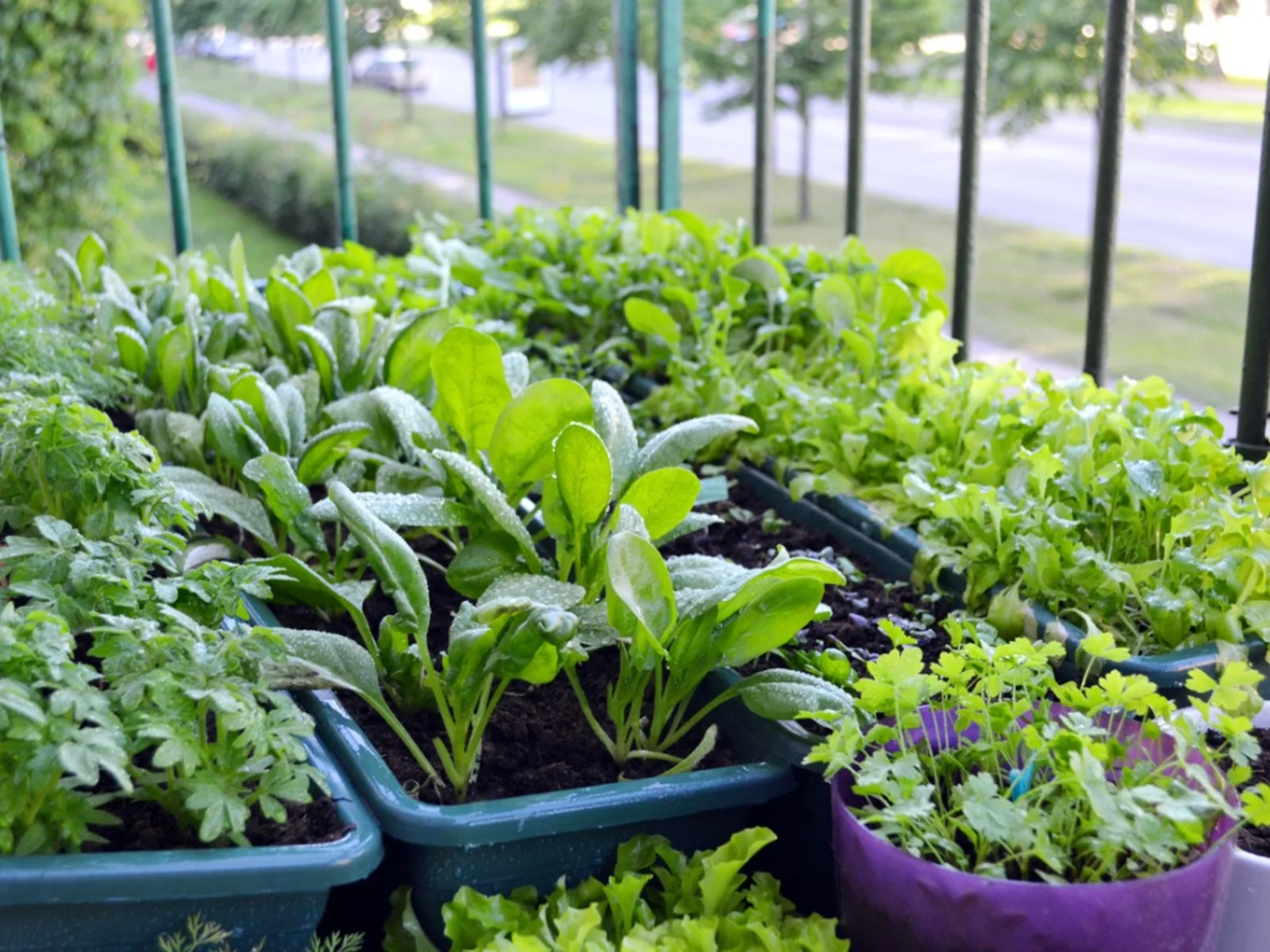
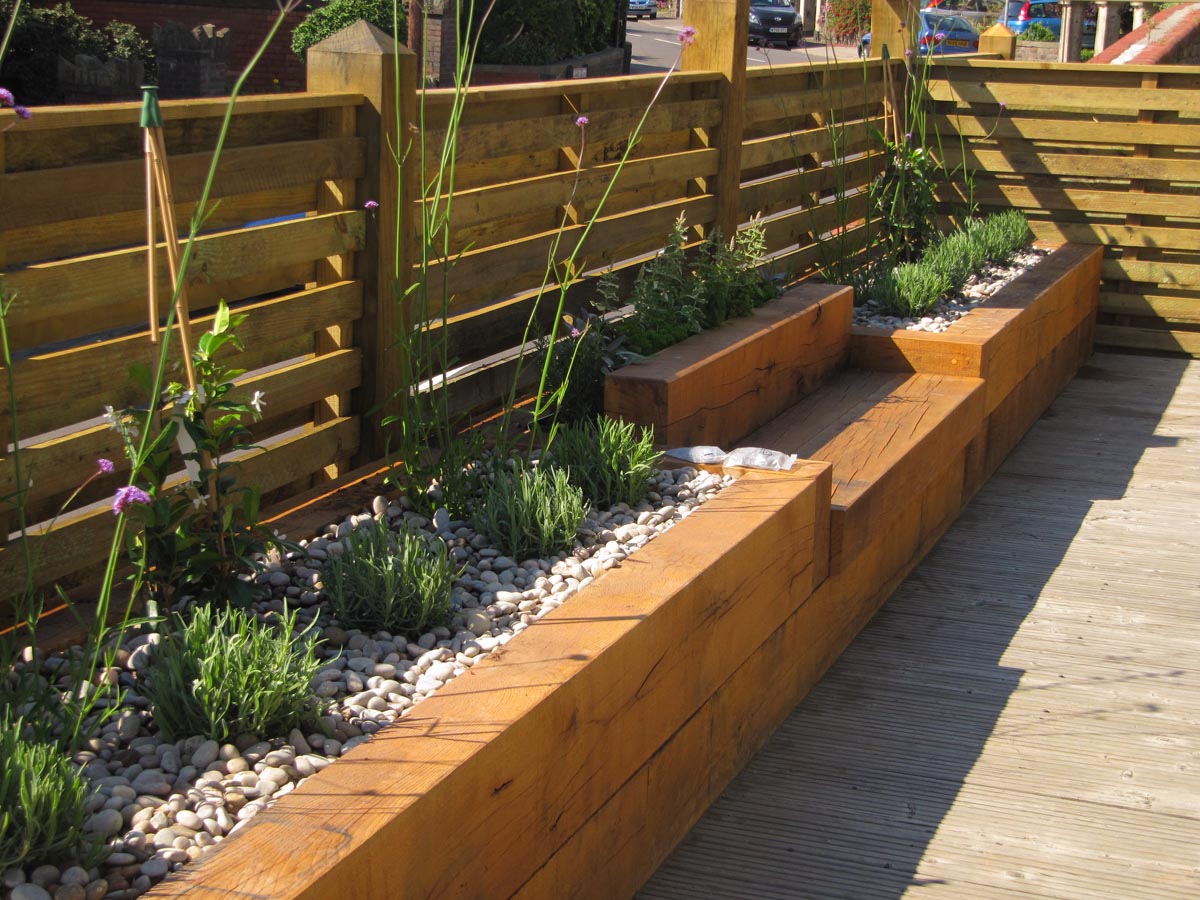
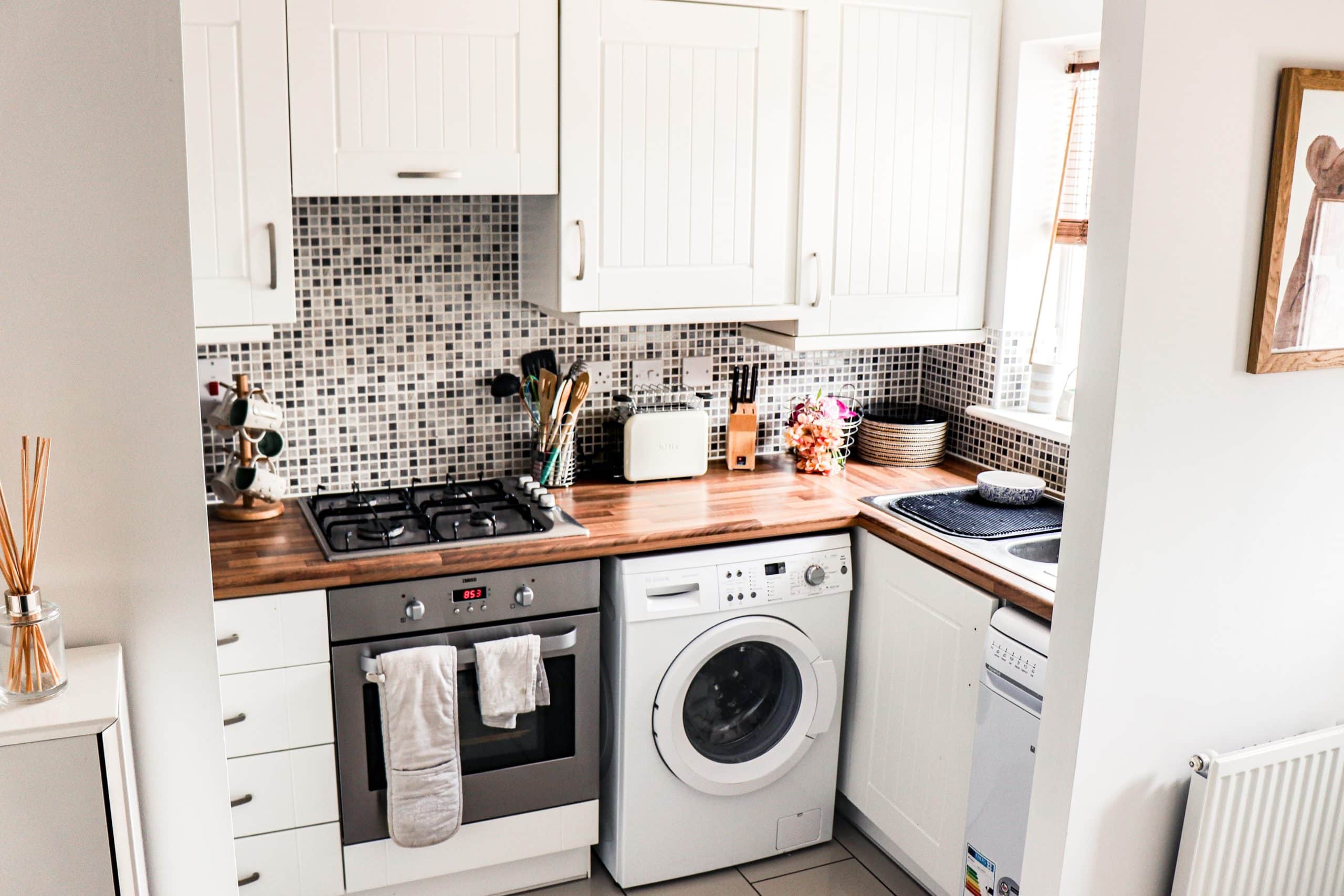
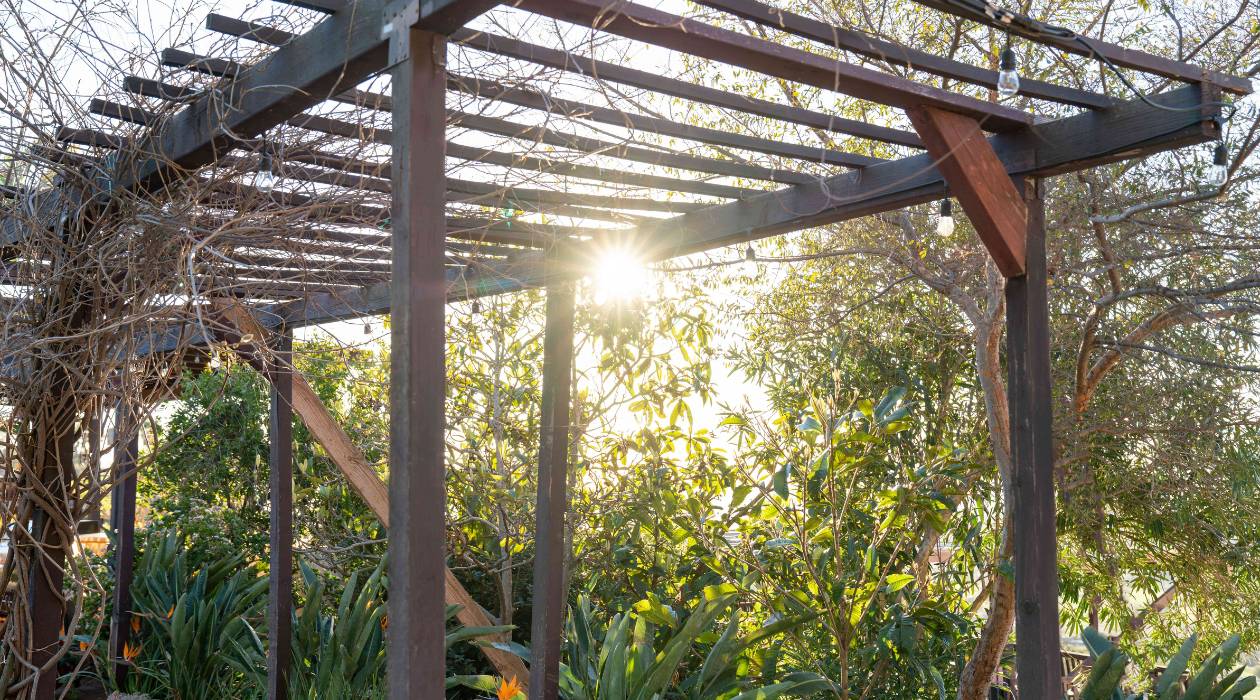
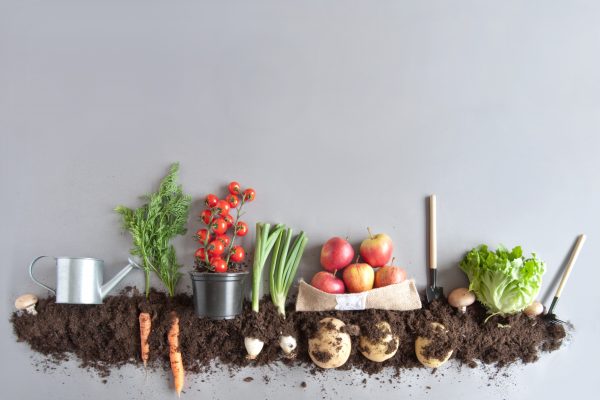
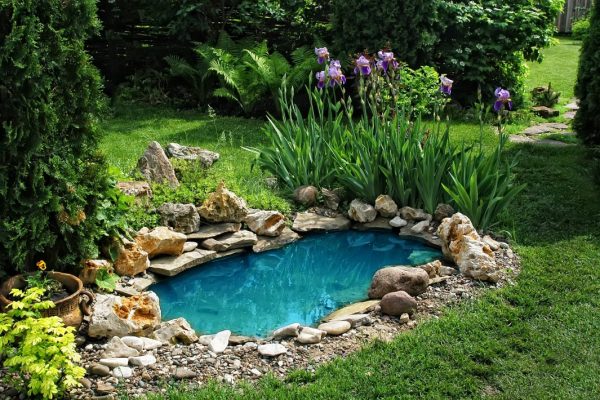
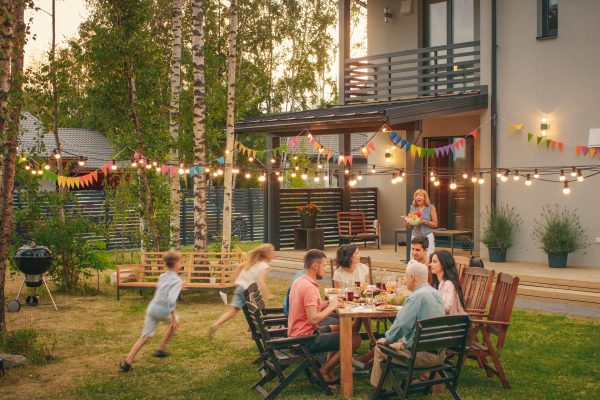
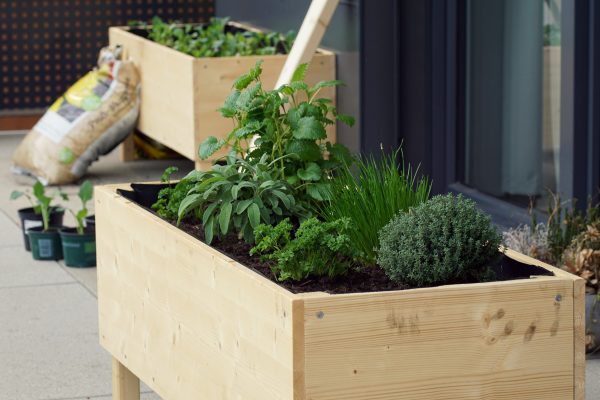
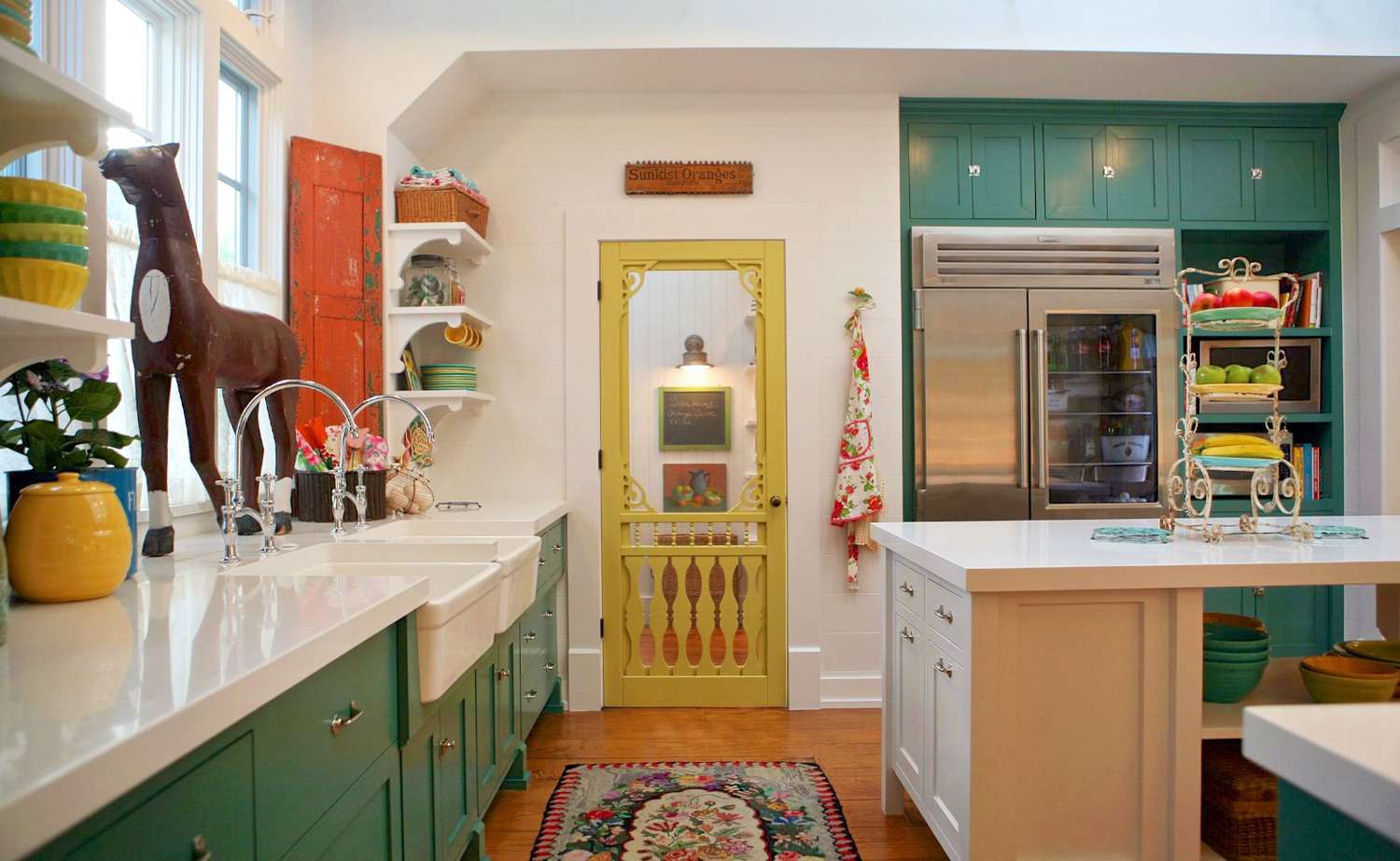
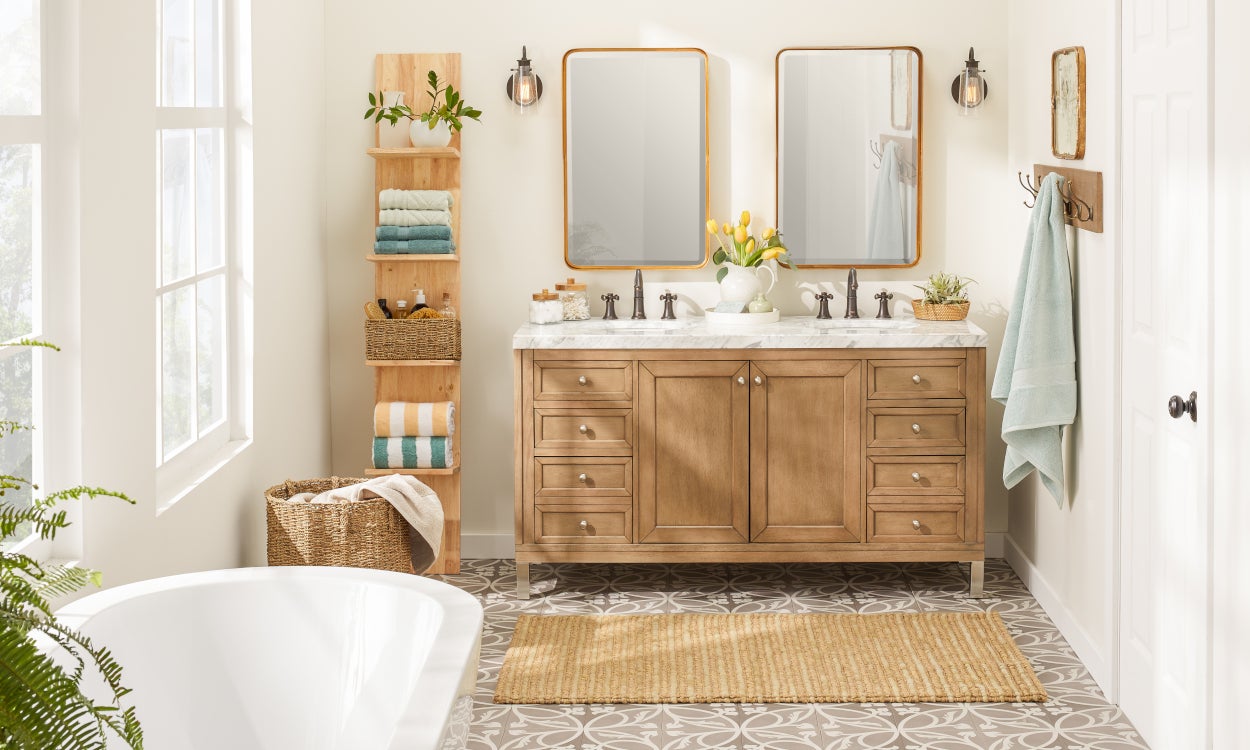
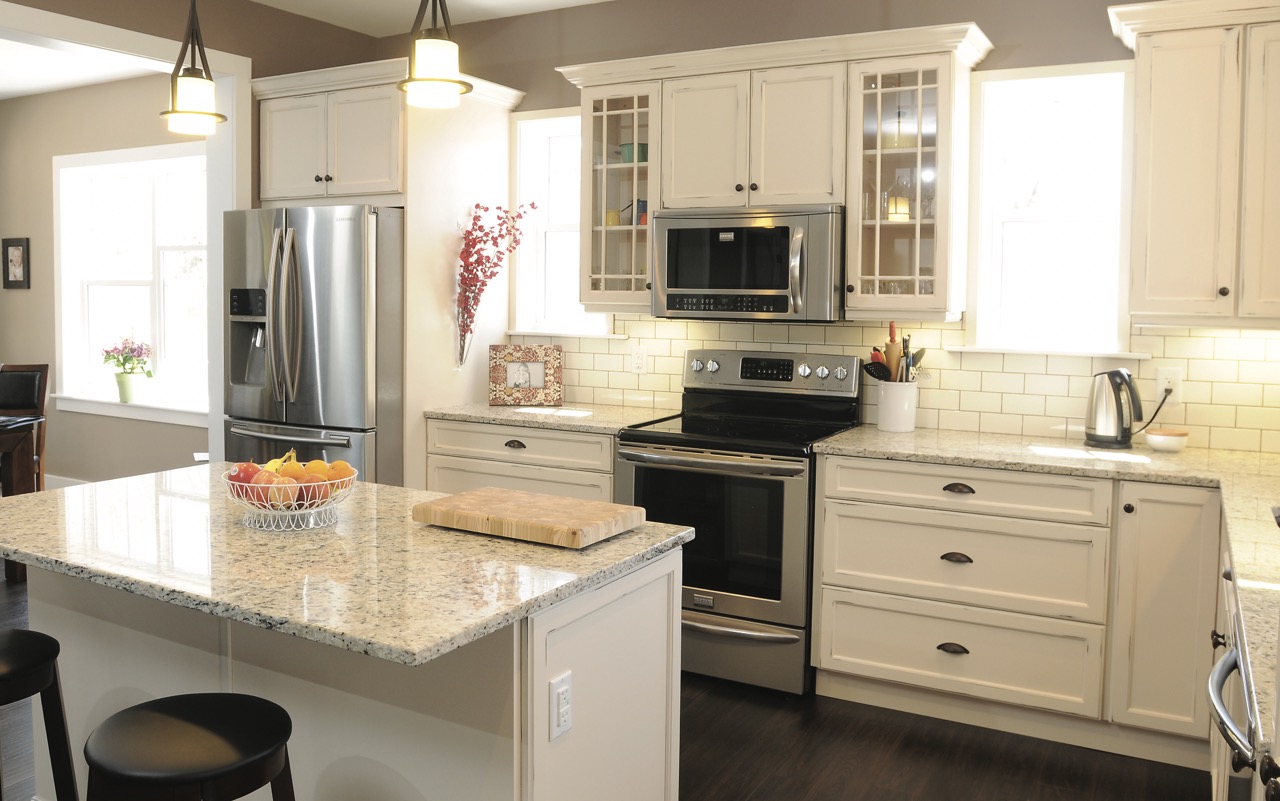

0 thoughts on “Greenhouse Ideas: 19 Glasshouse Design Tips For All Gardens”